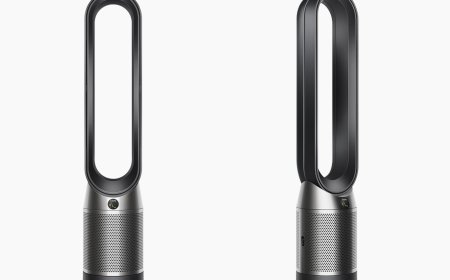Intel 18A Process Successfully Boots Operating Systems, to Hit Production in 2025
Panther Lake (AI PC client processor) and Clearwater Forest (server processor) are the lead products on Intel 18A.

Intel announced on Tuesday that the lead products on the Intel 18A process, the Panther Lake (AI PC client processor) and Clearwater Forest (server processor), are out of the fabrication process. With this, both processors have completed their initial phases and have even been tested to power on and boot operating systems. The company claimed that the major achievement was reached just two quarters after the tape-out. Notably, tape-out marks the completion of a chip designing process and highlights it is ready to be manufactured as a physical product.
Intel 18A Processors Out of Fabrication
Chipset manufacturing is a complicated process with multiple critical steps. First, the chip designing process comes where a new design is imagined virtually. It then undergoes rigorous testing to ascertain that it meets all specifications and design rules. Once designing is complete, the chipset is manufactured. This process is also known as fabrication, which is when the design materialises and another set of testing is conducted to ensure it still meets the specifications.
After that, secondary packaging, testing, and optimisation as per the requirements of original equipment manufacturers take place. Once all of this is done, the processor enters mass production.
In a newsroom post, Intel highlighted that the two lead products under the new Intel 18A node technology, the client-side AI PC processor Panther Lake and server-side processor Clearwater Forest, have both exited the fabrication phase. The chipsets have also been tested on powering and booting operating systems, which highlights that testing is also complete.
Interestingly, Intel 18A integrates RibbonFET gate-all-around (GAA) transistors and PowerVia backside power technology. Put simply, RibbonFET is an advancement in transistor design. It offer better performance and power efficiency compared to its predecessor FinFET. PowerVia is a reimagination of how power is delivered to a chipset. Instead of following the traditional method of adding power and signal lines in the same plane on the front side of the silicon, it moves the power delivery to the backside.
Intel has also added that the Panther Lake and Clearwater Forest chipsets will enter production next year.
What's Your Reaction?




























































